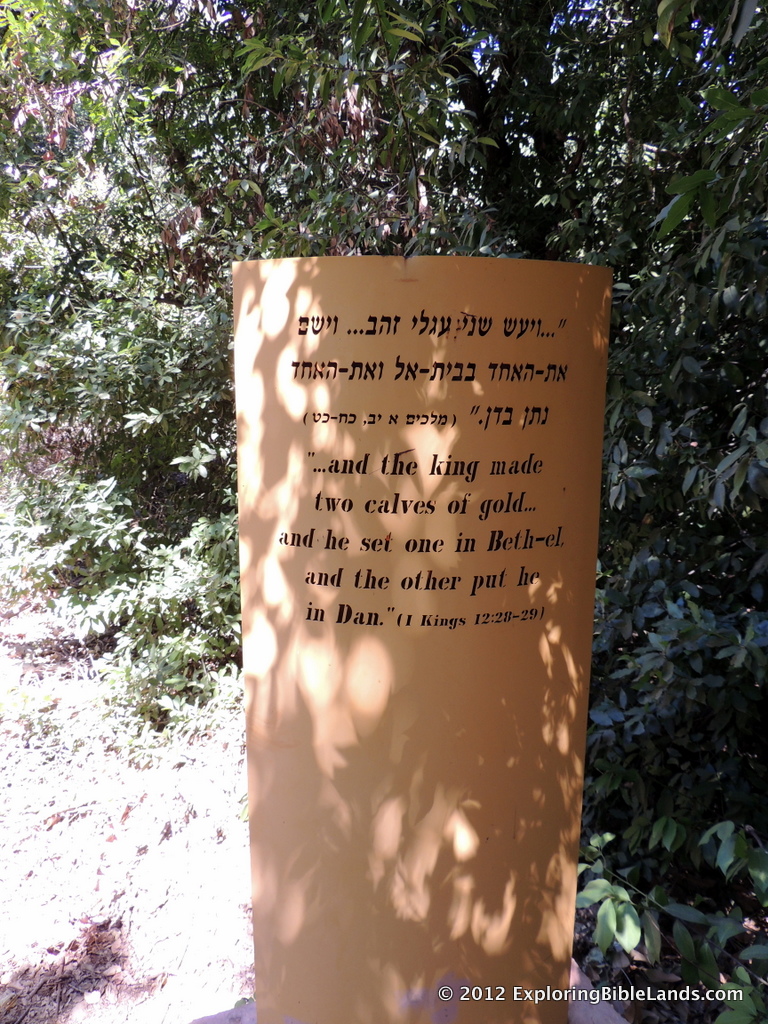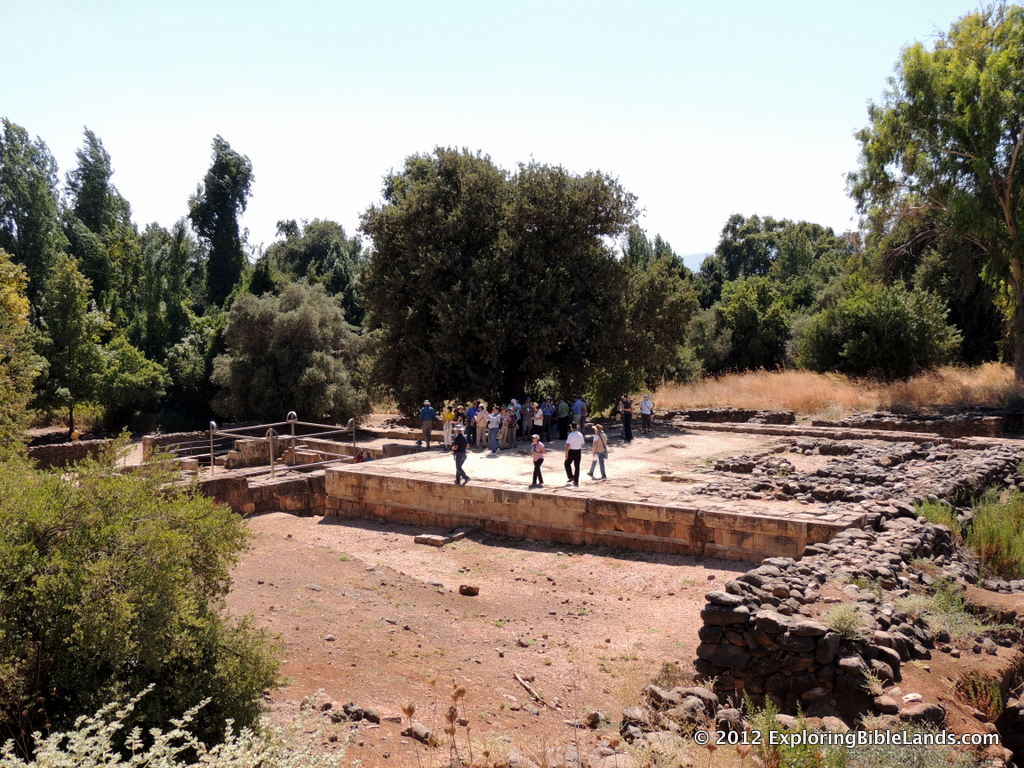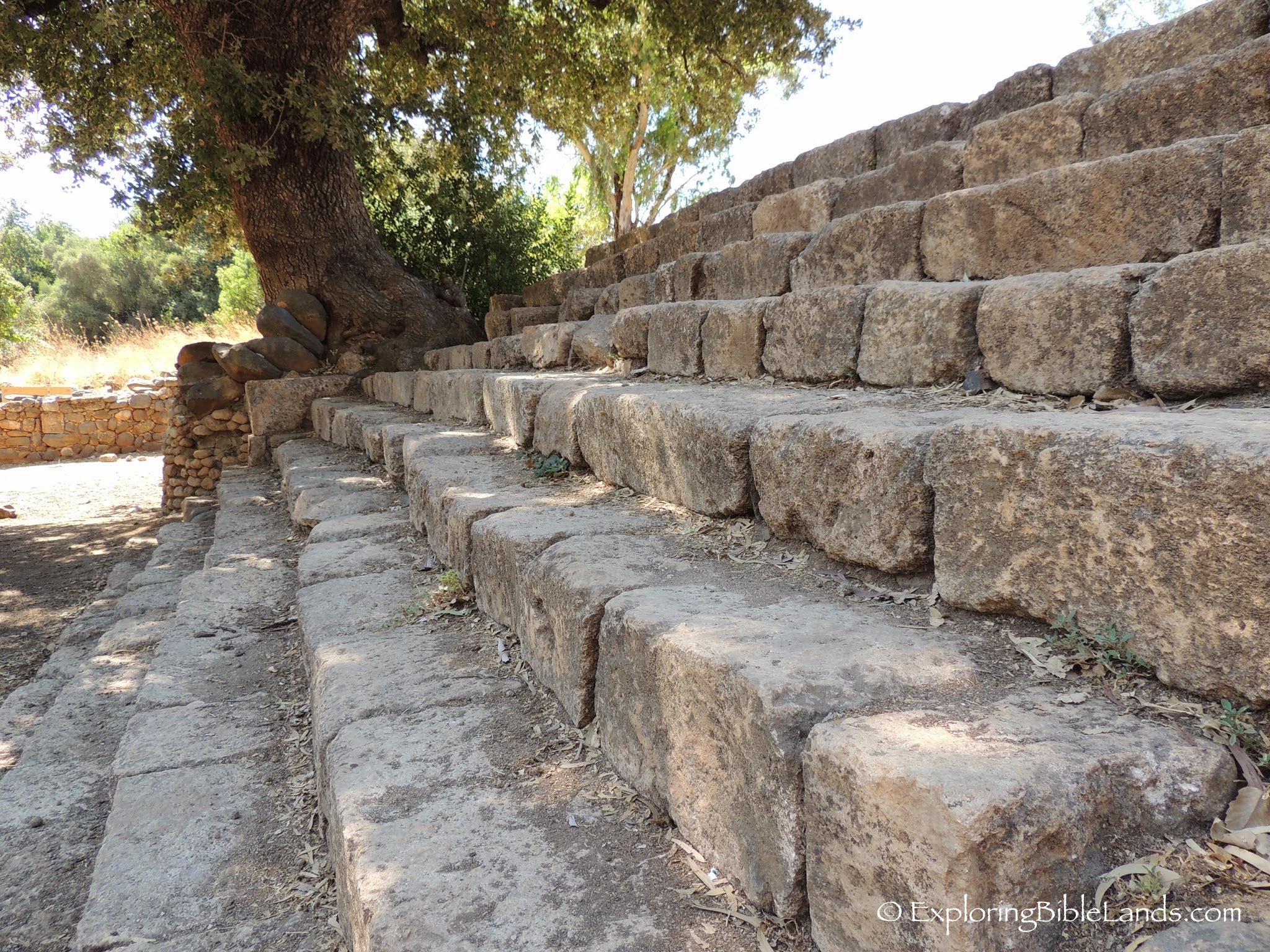 When Jeroboam became the king of the northern kingdom of Israel, he was faced with a problem. His people wanted to worship God and in doing so, they would have to travel back to Jerusalem, which was now inside the southern kingdom of Judah. Jeroboam knew that allowing the citizens of Israel to return to Jerusalem would result in them not returning to his kingdom. In 1 Kings 12:26-27 we read,
When Jeroboam became the king of the northern kingdom of Israel, he was faced with a problem. His people wanted to worship God and in doing so, they would have to travel back to Jerusalem, which was now inside the southern kingdom of Judah. Jeroboam knew that allowing the citizens of Israel to return to Jerusalem would result in them not returning to his kingdom. In 1 Kings 12:26-27 we read,
And Jeroboam said in his heart, Now the kingdom may return to the house of David: If these people go up to offer sacrifices in the house of the Lord at Jerusalem, then the heart of this people will turn back to their lord, Rehoboam king of Judah, and they will kill me and go back to Rehoboam king of Judah.
Why was Jeroboam so worried about his people returning to Jerusalem? Well, it has to do with the people's perception of Jerusalem at that time. Look back at the previous verse. It says that the "house of the Lord" was at Jerusalem. We can also get another idea by reading 1 Kings 14:21:
And Rehoboam the son of Solomon reigned in Judah. Rehoboam was forty-one years old when he became king. He reigned seventeen years in Jerusalem, the city which the Lord had chosen out of all the tribes of Israel, to put His name there.
Jerusalem was the city that God had chosen to put His name. It is where Solomon built a large temple to the Lord. In the minds of the nation of Israel, Jerusalem was the center of their religion and consequently, the center of their world.
 So what did Jeroboam do? Well, he made small changes to their religious practices. He changed the feast days. He allowed non-Levites to become priests. He also built places of worship in the northern and southern extremities of his kingdom so they could "conveniently" worship without having to travel back to Jerusalem. One he built at Dan and the other he built at Bethel. The picture attached to this blog post is of the remains of the high place that Jeroboam built at Dan. Jeroboam built a golden calf and placed it on this platform for the people of Israel to worship (1 Kings 12:28-33).
So what did Jeroboam do? Well, he made small changes to their religious practices. He changed the feast days. He allowed non-Levites to become priests. He also built places of worship in the northern and southern extremities of his kingdom so they could "conveniently" worship without having to travel back to Jerusalem. One he built at Dan and the other he built at Bethel. The picture attached to this blog post is of the remains of the high place that Jeroboam built at Dan. Jeroboam built a golden calf and placed it on this platform for the people of Israel to worship (1 Kings 12:28-33).
But, when you visit this site, another idea comes to mind. When Daniel was taken away in to Babylonian captivity, the scriptures mention that he prayed three times a day looking out a window which faced Jerusalem (Daniel 6:10). Why did he do that? Well, he understood the importance of the city. Jeroboam didn't want the people of his nation to even think about Jerusalem. Therefore, this place of worship was built so that the worshippers would face north…away from Jerusalem.
How can I know that for sure that this was Jeroboam's intention? Well, honestly, I can't. At least not with the information that I currently have. But, it is an interesting thing to consider. It would be nice if we could find the accompanying site in Bethel. Is that place of worship also facing away from Jerusalem? We will just have to wait to find out. Excavations are ongoing at a couple of prospective sites in Israel.
Regardless, we know that the northern kingdom of Israel never followed God again. Their entire existence consisted of one king after another which drove them away from God.
What lesson can we learn about this place of worship in Dan? Well, we know that if you practice religion out of convenience, you'll soon compromise what you know to be right. And finally, turning your back to God will only lead to destruction.
 Soon after the fall of the United Kingdom, the nation divided into the Southern Kingdom of Judah and the Northern Kingdom of Israel. As king of Israel, Jeroboam did not want the people to travel back to Jerusalem during the year to attend the feasts. Therefore, he established two places for them to worship, one at Bethel and the other at Dan. The High Place that Jeroboam built at Dan has been found and you can visit it today. These steps lead up to the platform where the golden calf would have been placed.
Soon after the fall of the United Kingdom, the nation divided into the Southern Kingdom of Judah and the Northern Kingdom of Israel. As king of Israel, Jeroboam did not want the people to travel back to Jerusalem during the year to attend the feasts. Therefore, he established two places for them to worship, one at Bethel and the other at Dan. The High Place that Jeroboam built at Dan has been found and you can visit it today. These steps lead up to the platform where the golden calf would have been placed. 


